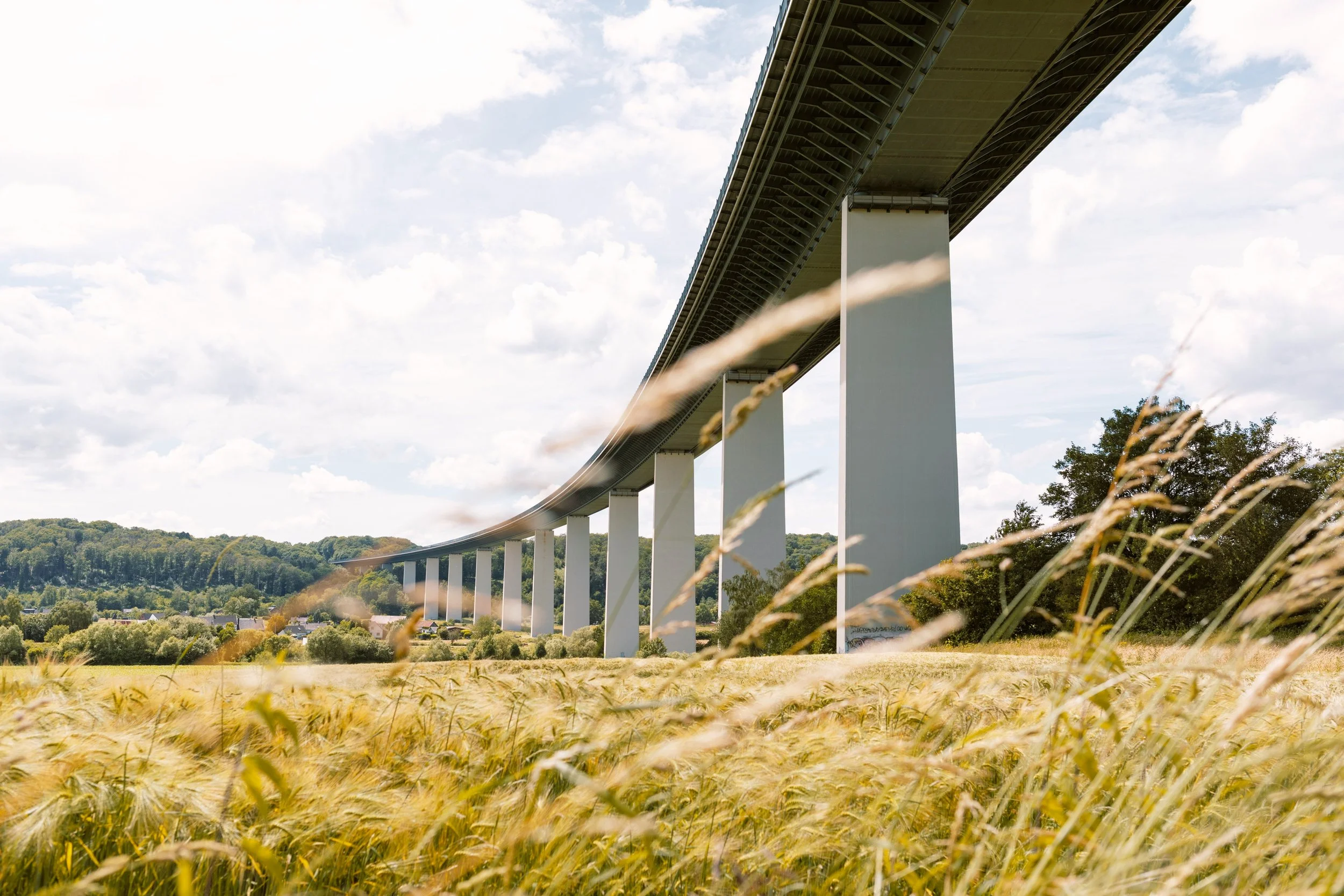Why Profitability Is the Secret Ingredient to Truly Sustainable Buildings
/Sustainable construction often follows the principles of the Triple Bottom Line, which focuses on three pillars: social, environmental, and economic. These pillars are often abbreviated to the three Ps: People, Planet, and Profits. In this three-part series, we will investigate sustainable construction by examining each of the “Ps” – what it is, why it is important, and the benefits it can bring to your next project. Part 1 of the series will focus on the most scrutinized part of any project – the economics.
Profitability in Sustainable Construction
Sustainability in construction is often thought about in terms of energy efficiency, environmental stewardship, and social equity. But an equally critical and often more constraining aspect of any construction project is profit. In the context of sustainable buildings, “profit” is not simply making money; rather, it is the long-term economic viability of a project.
Viability and Long-Term Sustainability
In sustainable construction, “profit” is more than traditional revenue metrics. Sustainable projects emphasize economic sustainability – the idea that for a project to be truly sustainable, it must also make financial sense. A project that restores habitats, uses 100% renewable energy, uses water harvested on site, and is safe and comfortable for occupants is, by nearly all accounts, an amazing sustainable achievement. However, if the project carries significant costs both initially and over time, it will be unattractive to those paying for construction and operations and is unlikely to be maintained or replicated. Therefore, a sustainable building or project must also come with sound financial outcomes for investors, developers, owners, tenants, and communities.
Sustainable construction often involves upfront investments in high-quality materials, advanced systems, and thoughtful design. However, these costs are balanced—and often outweighed—by long-term financial benefits.
Built to Last… and Earn
Profitability ensures that sustainable practices are not only adopted but also preserved and improved upon. Projects that promise enhanced sustainability performance often attract investors and developers who need to see clear financial returns to support a project. A sustainably built structure that offers a solid return on investment is far more likely to receive funding, earn market traction, and inspire similar developments. Just as importantly, profitability supports a building’s longevity. When a building is cost-effective to operate and maintain, it remains viable in the long term and is more likely to stay functional and useful to the community it serves.
6 Benefits of Sustainable Profit
1. Energy Efficiency Generates Savings
Sustainable buildings often yield financial rewards that go well beyond their initial design. Energy-efficient systems, superior insulation, and smart water management can significantly lower utility bills, generating savings year after year. These savings can help to offset construction costs and contribute to a building’s overall economic performance.
2. Green Certifications Increase Market Value
Projects with green certifications, such as LEED or Green Globes, frequently command higher sale prices and rental rates. Tenants, buyers, and operators are drawn to features such as lower operating costs, healthier indoor environments, and the prestige associated with environmentally responsible design.
3. Sustainable Materials Lower Costs
Owners and developers benefit from reduced maintenance and repair costs, as sustainable materials and systems are often more durable and easier to manage. Additionally, as market demand for sustainable solutions continues to grow, the cost of green technologies and materials is steadily decreasing, making it more affordable than ever to build sustainably.
4. Financial Incentives Improve Bottom Line
Financial incentives, including tax credits, grants, and utility rebates, can further improve a project’s bottom line. These programs not only can help to reduce initial costs, thus decreasing the payback period, but also make sustainability more accessible and attractive to a broader range of projects.
5. Resiliency Reduces Risk
Sustainable construction is also a hedge against future risks. As regulations become more stringent and energy prices fluctuate, buildings that have been designed with efficiency and resiliency in mind are better positioned to adapt to future risks.
6. Sustainable Design Boosts Employee Satisfaction
In commercial settings, the comfort and wellness benefits of sustainable design can enhance employee productivity and satisfaction, reducing turnover and increasing retention, yet another layer of added economic value.
Final Thoughts
Ultimately, the “profit” pillar of the triple bottom line indicates that sustainability isn’t just a moral imperative for mitigating climate change; it’s a smart and strategic business advantage. By integrating long-term financial thinking into sustainable building practices, developers and communities can create structures that are not only good for people and the planet but also built to last and to thrive economically.
KERAMIDA helps developers, owners, and organizations align sustainable construction with strong financial outcomes. We provide services for commercial and industrial properties that are looking to become net-zero buildings. Our team also works with clients to incorporate sustainability, resiliency, and community equity into infrastructure project planning and construction, providing full support to become Envision verified. Contact us or call (800) 508-8034 to speak with one of our sustainable building and sustainable construction professionals.
Author
Steve Loria, ENV SP, LEED AP BD+C
Manager, Sustainability
KERAMIDA Inc.
Contact Steve at sloria@keramida.com










